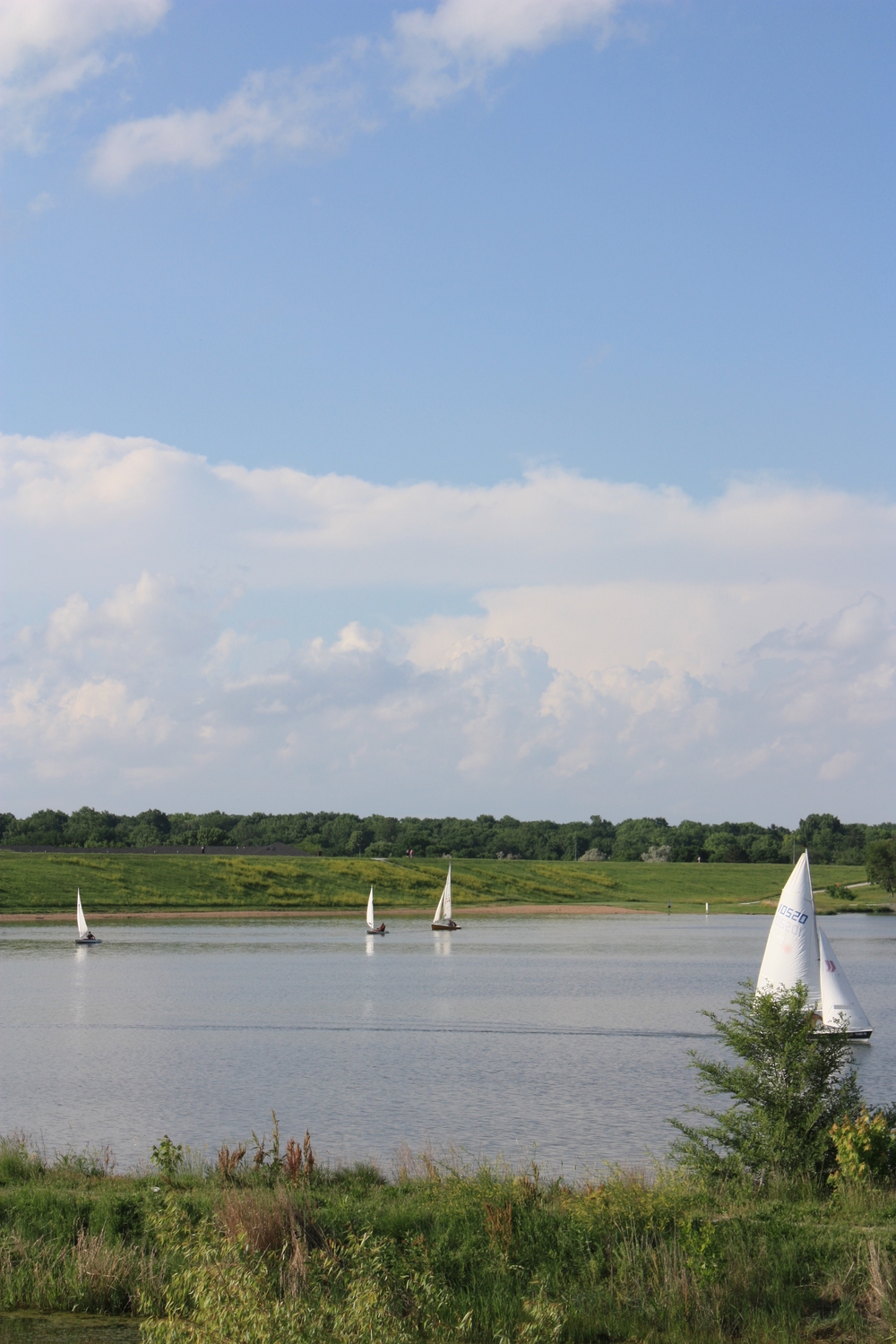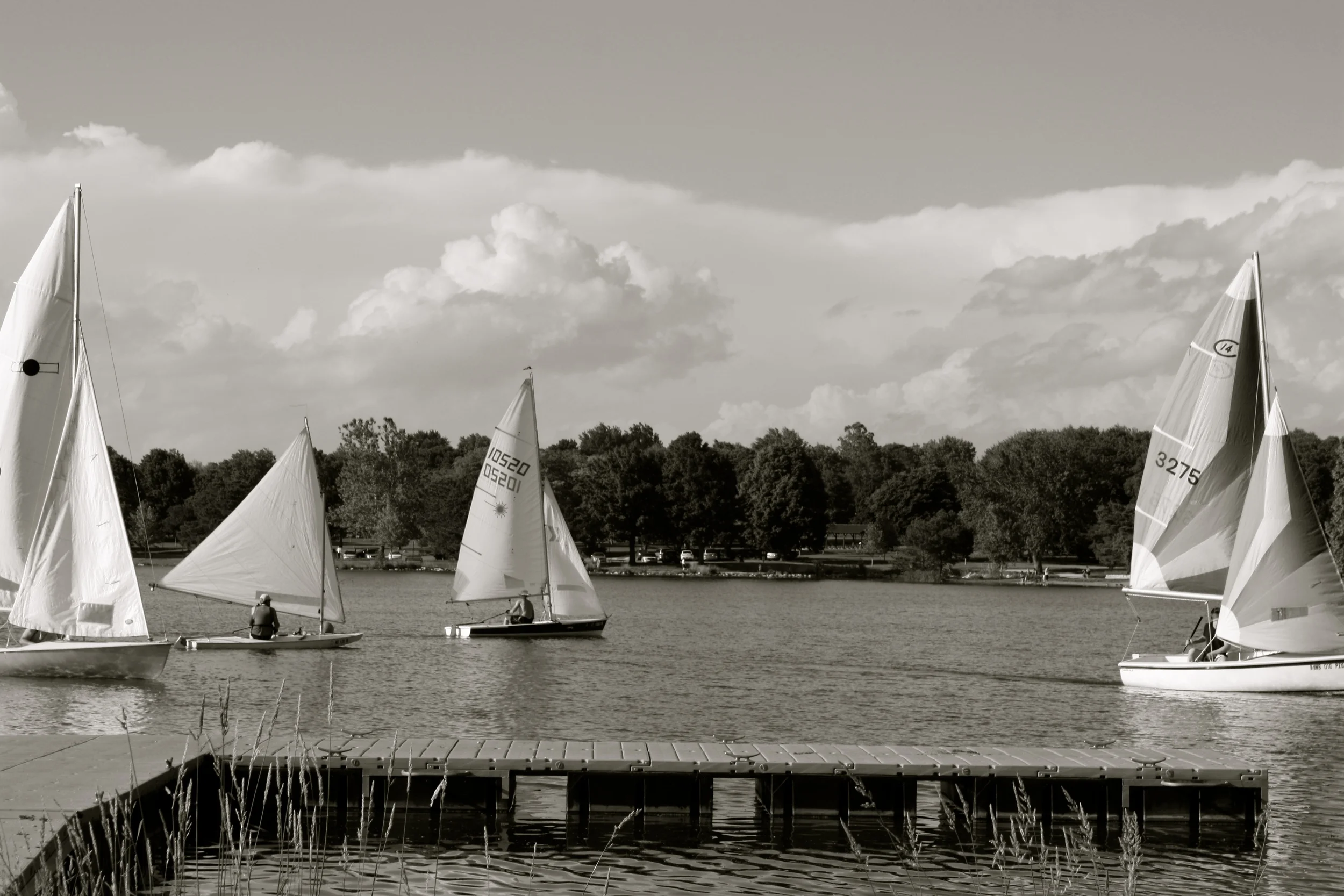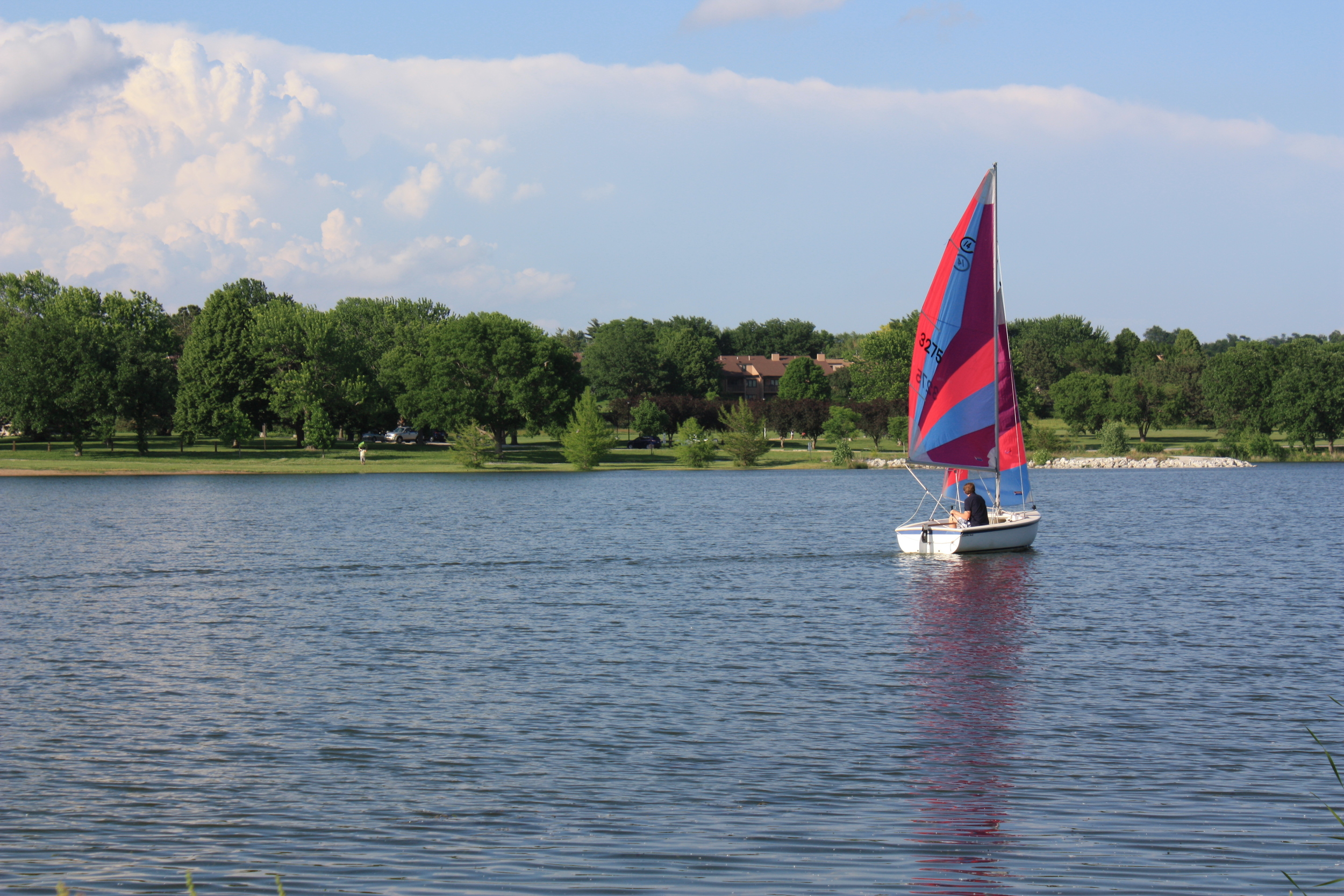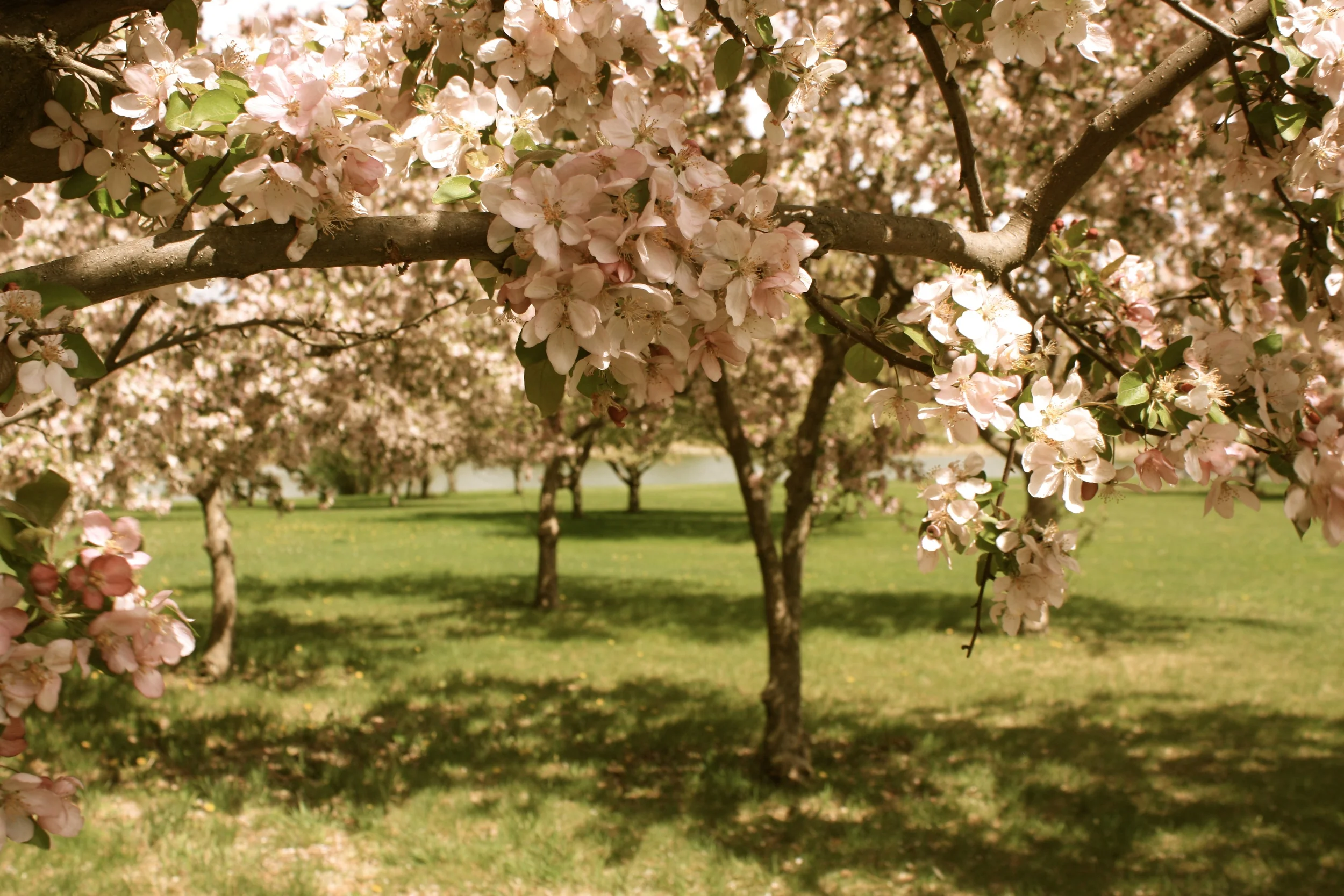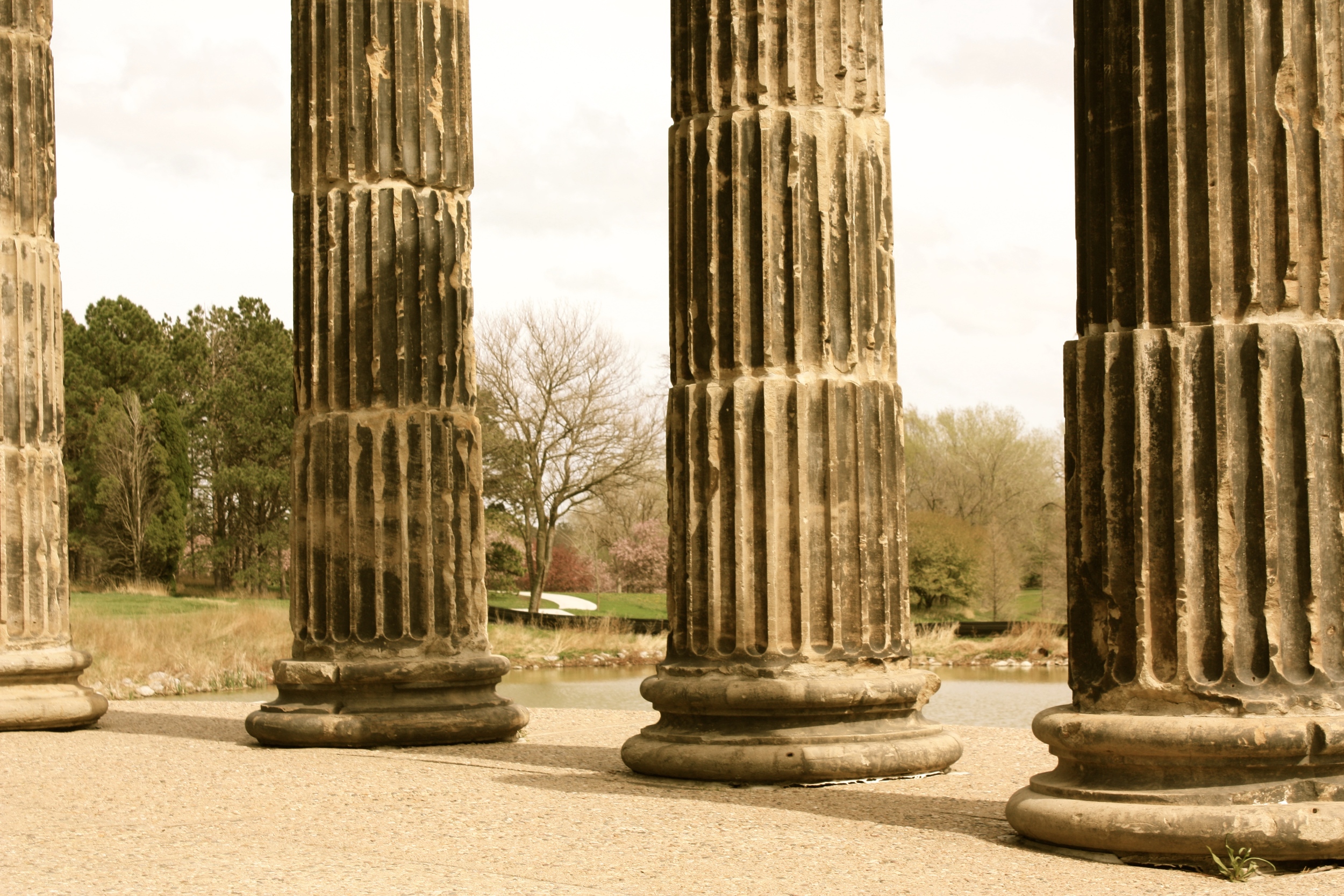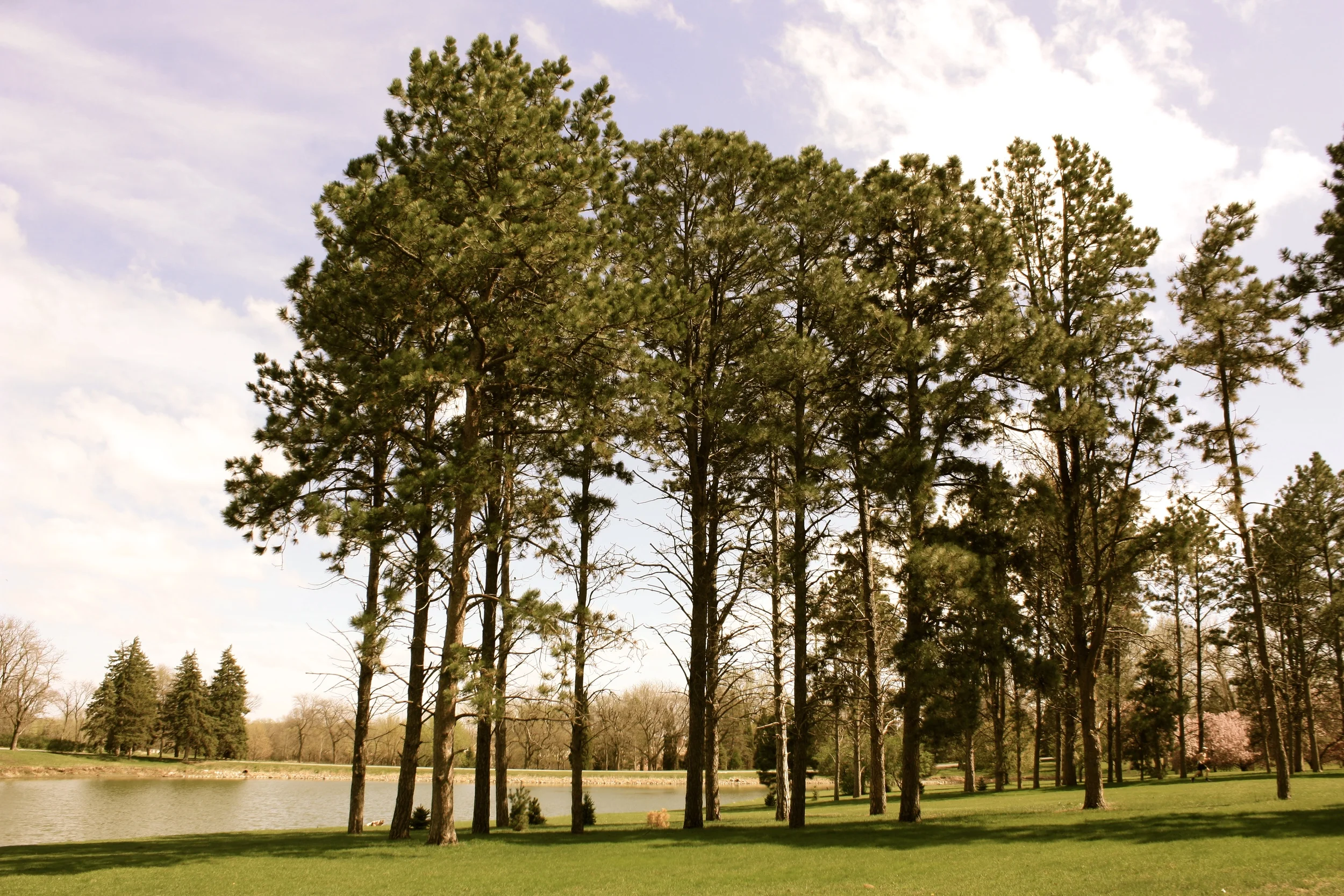"Do you go to church?" "Where do you go to church?" "Where is your church?"
These questions are as common as college football in our city and culture and yet they portray a fundamentally flawed understanding of what exactly the church is.
Not a Building
Biblically, the church isn't a building it's a people.
As you read the Bible, you find several metaphors that are used for the church:
- A body (Romans 12:4-5; 1 Corinthians 12:12-27)
- The "bride" of Christ (Ephesians 5; Revelation 19:6-8)
- A flock of sheep (to be shepherded - c.f. Acts 20:28-29; 1 Peter 5:2-3)
- A family (into which we have been adopted (Galatians 4:5) and now are to relate to one another as brothers and sisters in Christ (Matthew 12:48-50; 1 John 4:20; 1 Timothy 5:1-2)
What all of the biblical metaphors have in common is that they are not a place you go to, but rather a people whom we are. You do not go to the body. You either are a part of the body or you are not. Likewise, family is not something you go to, it's something who you are.
In the Bible there are no pleas for people to "go to church." The plea is for non-believers to become the church. In the first century, if you were a believer you were, inherently, a part of the church. If you weren't a part of the church, no one called you a believer. Additionally, being a part of the church meant you were deeply involved in and committed to the life and well-being of the church (i.e. other believers).
“In the first century, if you were a believer you were, inherently, a part of the church. If you weren’t a part of the church, no one called you a believer.”
Why It Matters
When Christians substitute seeing themselves as the church and instead see the church as a building we go to, we lose a fundamental piece of what it means to actually be Christian.
When I separate "church" out to something that I go to, I no longer see myself as a part of the church, but rather the church is peripheral to me. There is me... and then there is the church... but the two are not one-in-the same.
This is not biblical and it leads down a path to Christian consumerism where the church (which exists apart from me) is supposed to serve me and meet my needs and preferences. Viewing the church in this way converts it from a people (which I am a part of) to a vending machine of religious goods and services for my personal benefit.
Recommitting to Being the Church
The church isn't a building, it's a people. It's a people that love God and love others. It's a people that celebrate. It's a people that bless and serve those around them. It's a people that listen well to those around them that do not yet know Jesus as Lord. It's also a people who know how to rest and work to the glory of God.
It's a people that are much more than this, but certainly not a people that are less than this.
In the coming weeks we will be exploring more of this theme here on the blog.
As a church, we will also be working through this idea during our Sunday gatherings over the next six weeks. To hammer this idea home that the church isn't a building but a people, we will be gathering as the church not at our building, but in local parks several Sundays this summer. For more information, visit 2PillarsChurch.com/inthepark



